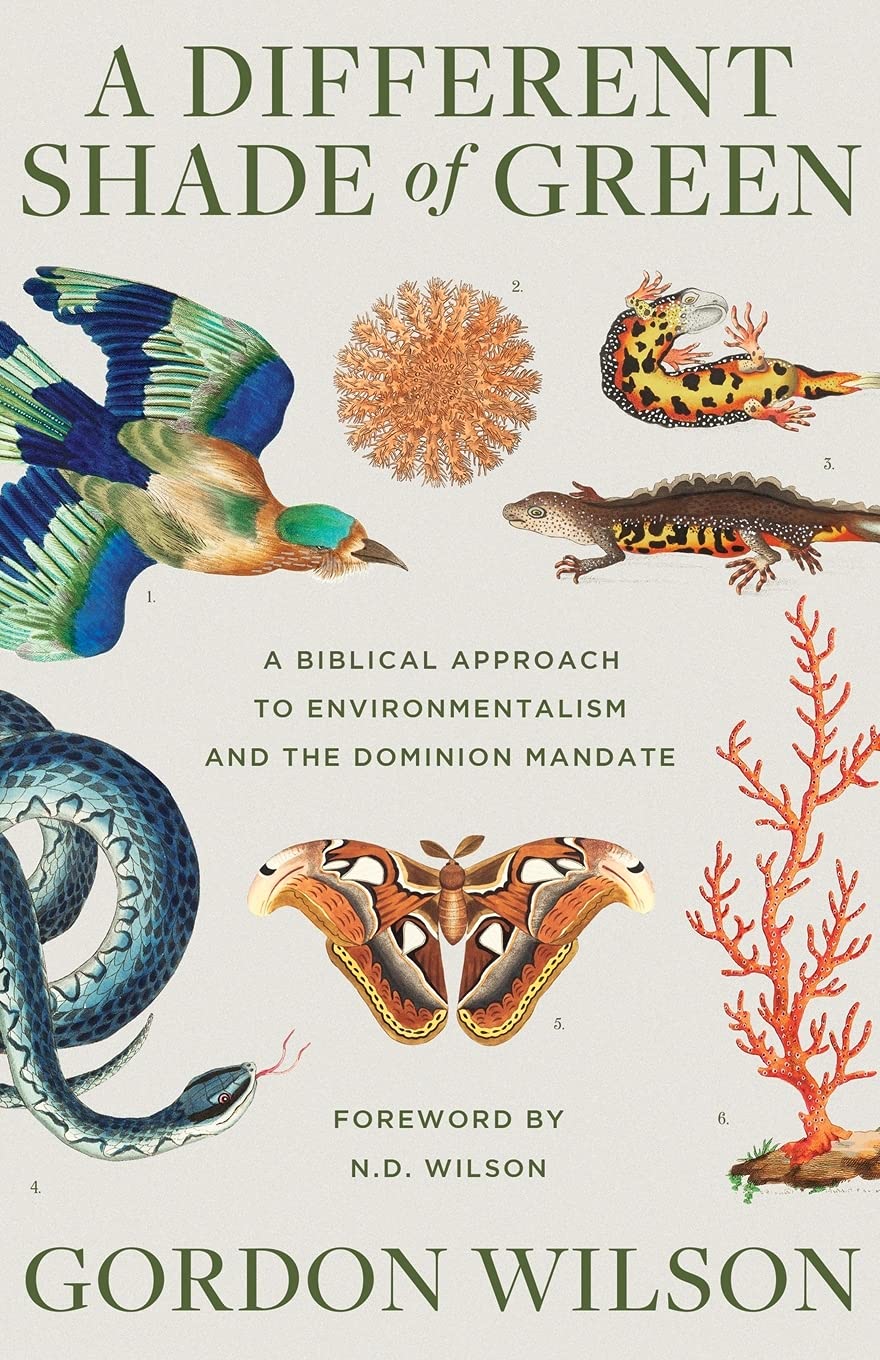It’s a scary place out there. Dangerous rays and strange bodies make deep space a good place to avoid. The Hubble Space Telescope (functioning since late 1993), and other observatory satellites like the Compton Gamma Ray Observatory or CGRO (launched April 5, 1991), and Rossi X-Ray Timing Explorer or XTE (launched December 30, 1995) and Beppo-SAX (launched April 20, 1996), have provided us with an information overload when it comes to the wonders of space. If each type of body in space, such as stars and galaxies, functioned in predictable ways, then astronomers might have a pretty good grasp on what is going on out there. Recent observations made with these fancy new observatories however, have revealed a plethora of unexpected and unexplained phenomena. Vast numbers of objects which should act in similar ways, all seem to be doing their own thing.
Take gamma ray bursts for example. Gamma rays are the most energetic forms of electromagnetic energy. Such bursts were first discovered in the late 1960s by American military spacecraft. Since these rays are so energetic, the question arises as to what kind of body might be producing them. In the 1980s many astronomers believed that they were coming from energetic neutron stars in our own galaxy. This would not be too startling. But in April 1991 the space shuttle Atlantis launched the Compton Gamma Ray Observatory. Soon detailed information about gamma ray bursts began to stream in. The pattern of these quick bursts of high energy did not match the location in the sky of the Milky Way (our galaxy) nor of even nearby galaxies. The implications of these findings astounded astronomers. If these energetic rays were coming from deep space, then the energy involved is almost unbelievable! A NASA news release (97-220) from September 29, 1997 remarked that if these bursts are so distant as now appears, then these are “the most violent explosions known, emitting in one second as much energy as the Sun will emit in its lifetime.”
These events seem to be randomly distributed over the sky and the most sensitive detectors record as many as one event per day. But some observations are more noteworthy than others. An event first recorded March 26, 1996 was unusual in that it lasted more than a few seconds. Traces of this burst were in fact detectable by the Hubble Space Telescope for over six months. The data suggested that this was a very distant fireball with energy expanding at nearly the speed of light.
Not all gamma ray bursts seem to come from outside our galaxy however. A really strange object was detected on December 2, 1995 by the CGRO. On that day this new source produced 140 powerful bursts of gamma rays. This was quite something compared to the more typical one burst per day from points widely separated in the sky. For at least a month it continued to produce about twenty gamma bursts per day plus abundant X-ray bursts as well. Even four months after the initial discovery, this object was still producing both kinds of rays. Fred Lamb, an astrophysicist at the University of Illinois, became quite poetic about the whole thing: “What’s unique about this object is that it does so many different things at once…. we’ve seen some sources that play the drums, some that crash cymbals, and a few that play the trumpet, but this source is a one-man band.” (NASA news release 96-37)
Among recently discovered stars there is one that is calculated to be very hot and probably no larger than seventeen miles (28 kilometers). It is believed that neutron stars like this are the densest form of matter known. This one is remarkable in that it is quite isolated so that it is hard to think of a cause for its formation. According to theory, a chunk of such a star only a few cm across would weigh as much as a fleet of battleships. But there is no explanation as to how matter can be squeezed this tightly. (NASA release 97-213). Another star discovered by the Hubble Space Telescope is just the opposite, a “celestial mammoth.” It is as big as the distance from our sun to Earth, and it releases as much energy in six seconds as our sun does in one year. The gas and dust thrown off by this star within the past few thousand years, astronomers calculate, occupies a space four light-years across (the distance from us to our nearest star Alpha Centauri).
The fact is that everywhere astronomers look in space, they see “surprisingly varied and intricate structures” resulting from processes “more complex than previously thought.” (NASA release 95-133). For example, NASA mused in December 17, 1997 (NASA 97-287) that the Hubble Space Telescope has provided us with a dazzling array of stars in an incredible variety of shapes and forms “pinwheels, lawn sprinkler style jets, elegant goblet shapes and even some that look like rocket exhaust.” Astronomers identify these strange structures as stars which are disintegrating. However the variety and wildly unexpected shapes cannot be explained in terms of basic processes. Scientists speculate that these findings will force drastic revisions in previous ideas. The news release terms these phenomena a “feast for the eyes.” They include unexplained disks and donuts girdling a star, remarkably sharp inner bubbles of glowing gas, strange glowing red blobs, and pin wheel patterns. The whole thing is such a puzzle according to the NASA news release. Red giant stars should eject simple spherical shells of gas. Instead we see the weird shapes and symmetries illustrated in TIME November 20, 1995 pp. 62-73.
An interesting article by University of Washington astronomer Guillermo Ganzalez in the July 16, 1997 Wall Street Journal, places an interesting perspective on such discoveries. He points out that the new data demonstrate how dangerous the universe is. He said “Gamma-ray bursts turn out to give off much more radiation than had previously been believed. Using the Hubble Space Telescope, astronomers have observed that most nearby large galaxies harbor massive black holes in their centers, which also give off prodigious quantities of dangerous radiation.” The chances that living creatures might be able to survive in these far reaches of space, or even nearby in our own solar system, Dr. Gonzalez tells us, are exceedingly low. Our own beautiful planet is comfortable and livable only because of its very special position in our solar system. According to Dr. Gonzalez, Earth is protected by the moon and also Jupiter. In view of the harsh conditions typical of space, Dr. Gonzalez claims that life here is most probably unique. We should not be asking if we are alone, he says. Rather we should be asking “Why we are here.” Good question. How did the remarkable conditions needed to sustain us ever come about? Every good question deserves a good answer and the Bible provides it. Genesis chapter one perfectly explains our unique situation.
Moxie
February 1998
Subscribe to Dialogue







